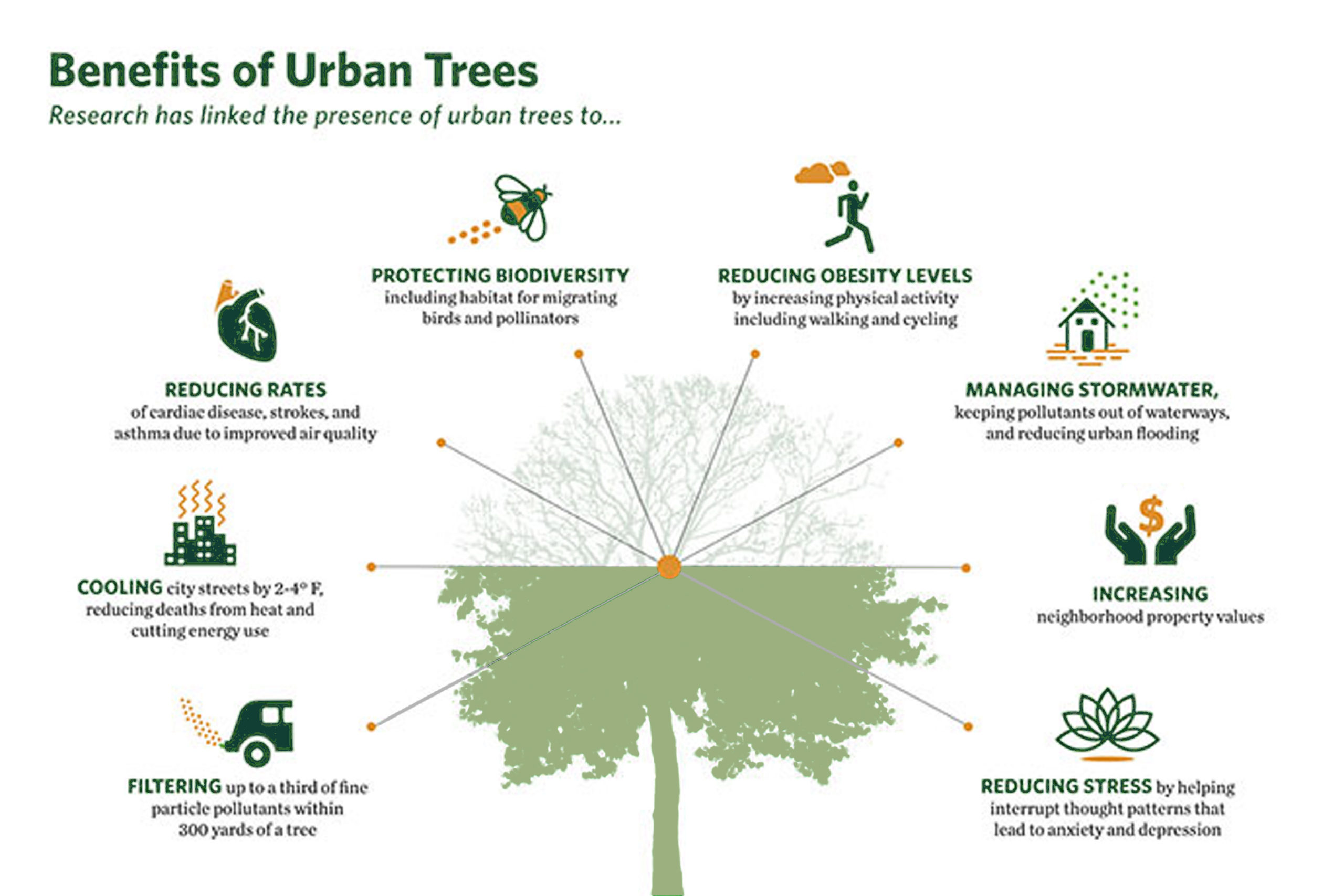
“All our lauded technological progress is like the axe in the hand of a pathological criminal” Albert Einstein
Moments of crisis, like the one we are experiencing, offer opportunities to advance radical and disruptive innovations. In the wake of the coronavirus pandemic, we therefore have the opportunity of rethinking the values and agendas that guide urban and architectural design.
In fact, the way we design cities is the main cause of emissions causing the environmental crisis. Pandemics are a symptom of this crisis and to avoid them it is necessary to abandon obsolete methods based on consumption and create systemic visions inspired also by informal historical agglomerations where “you can find creative and unexpected solutions and behavioural practices with low environmental impact and coexistence with Nature”.
How these environments manage to be so resilient? Resilience is the ability to face negative events in a positive and constructive way, tracing in the apparently unpleasant condition some opportunities not only for survival, but also for development and evolution.
Let’s start, therefore, from the basics. The search for shelter is the essence and the absolute basis of Architecture. Then use what was readily available in the surrounding natural environment, to create homes that reflected immediate functional needs and an adequate response to local climatic conditions. All the rest was simply a work of refinement, or we could call it “design”, that is, finding ways to improve the basic solution and respond to cultural, aesthetic or technological progress needs.
The continuous success over the centuries of a given place therefore depended on various factors: the availability of resources, security, cultural elements (and by extension religious), personal satisfaction, economic stability and even political will.
I like the idea that the lesson that these historic urban environments teach us is that design must not be anthropocentric, but that it can be inspired by the biology of evolution, as opposed to the deterministic design of the twentieth century and therefore that creativity shares this ecological evolutionary process and is not an alternative to it.








